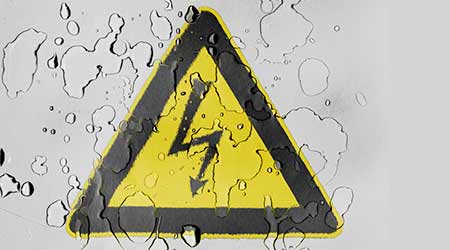
Climate Change: Buildings Must Lead on Tackling Emissions Reductions
July 8, 2019
How buildings tackle emissions reductions will have a profound effect on whether we’re able to avoid the worst aspects of climate change. That’s because buildings account for about 40 percent of all carbon dioxide emissions.
Two articles in the July issue of Building Operating Management point out the urgency of buildings doing their part. In his editorial, editor-in-chief Edward Sullivan talks about how the 2020 election could be the first time voters will go to the polls with climate change top of mind. He points out that while the Trump Administration continues to go backwards on climate change, several of the 2020 Democratic candidates have put forth proposals ranging from a Green New Deal to cap-and-trade and carbon tax. “Regardless of how the election plays out, it makes sense for facility managers to identify opportunities for significant improvements in energy efficiency, to educate top management about those opportunities, and to begin implementing those upgrades,” Sullivan writes.
The other important climate change story is by Mahesh Ramanujam, president and CEO of USGBC. Ramanujam discusses how critical now is for reducing carbon emissions in buildings because the carbon clock is ticking. He says buildings aren’t seen as the problem they really are in terms of carbon emissions, and it’s up to all of us to change the perception about how big the problem really is in terms of buildings and climate change. Ramanujam writes, “Buildings simply aren’t on people’s radar — either as a problem or a solution. This is our opportunity to bridge the gap in understanding. If we want people to believe in the power of green buildings to create a better and more sustainable future, we’ve got to start talking in terms people understand.”
This Quick Read was submitted by Greg Zimmerman, executive editor, Building Operating Management. Read his cover story on how buildings are tackling climate change.
Next
Read next on FacilitiesNet












